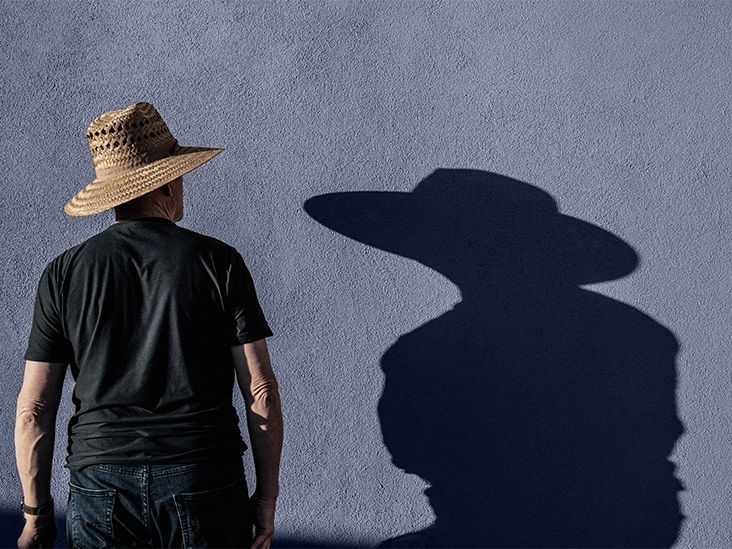Also known as interstitial cystitis (IC), painful bladder syndrome (PBS) describes a chronic bladder health condition. It can cause people to experience pelvic pain and difficulty peeing. There’s currently no cure for PBS, but treatment can help manage symptoms.
Researchers are still determining what causes PBS. Possible causes may include:
- bladder tissue problems
- urine irritating the bladder
- a type of inflammatory cell, known as a mast cell, in the bladder, which causes an allergic reaction
- changes in nerves that carry bladder sensations
- the immune system causing bladder inflammation
PBS can affect anyone, but it occurs most commonly in females. The National Kidney Foundation suggests it currently affects between 700,000 and 1 million people in the United States.
Read on to learn more about the possible causes of PBS.
Symptoms of PBS may vary among people. However, they
- bladder pain, mainly as the bladder fills with urine
- discomfort in other areas, such as the urethra, lower abdomen, or lower back
- pain in the genitals, which may cause sexual problems
- frequent urination
- a constant urge to pass urine
Some people living with PBS may also experience other health conditions, such as irritable bowel syndrome (IBS) or fibromyalgia.
It can be challenging to diagnose PBS. Typically, doctors start by ruling out other conditions with similar symptoms. A doctor may use a person’s medical history, a physical exam, and lab and other tests to
Read on to learn more about the diagnosis of PBS.
Various strategies may help a person manage PBS symptoms. These may include:
- dietary changes to avoid potential irritants such as spicy or acidic foods and drinks
- stress management
- physical therapy to help relieve pelvic pain
- medications, such as pentosan polysulfate sodium
- bladder instillations
- bladder stretching, also called hydrodistention
- neuromodulators
- onabotulinumtoxinA (Botox)
In rare or extreme cases of PBS, a person may require surgery to enlarge or remove the bladder.


